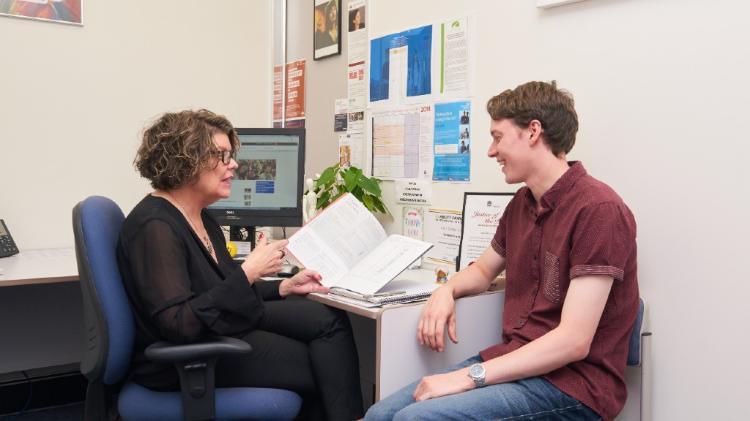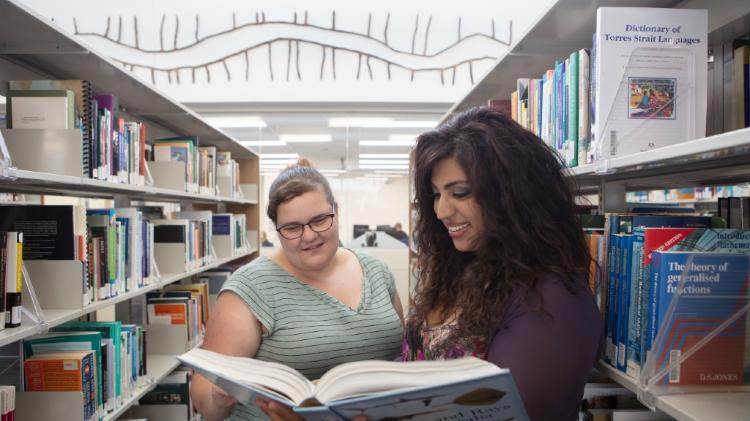Permitted use of GenAI in assessments
In some assessments, the use of any GenAI technology may be prohibited.
It is important to:
- keep drafts of your work as you may be asked to demonstrate how you developed an assessment item.
- ask your Subject Coordinator if you are unsure of assessment instructions.
The content for your final submission must be your original work. Use of GenAI technology may result in an academic misconduct investigation.
In some assessments, the use of GenAI technology may be permitted with acknowledgment to assist in the development of an assessment item. Permitted use may include brainstorming, planning, structuring, editing, proofreading and getting feedback on an assessment item.
It is important to:
- use only the permitted GenAI technology and follow instructions on how it can be used.
- acknowledge the use of GenAI appropriately.
- keep note of your interactions with GenAI technology and drafts of your work because your Subject Coordinator may ask you to demonstrate how you developed an assessment item.
- ask your Subject Coordinator if you are unsure of assessment instructions.
The content for your final submission must be your original work. Misuse of GenAI technology may result in an academic misconduct investigation.
In some assessments, the use GenAI technology may be expected with acknowledgement. Expected use may include developing and critically evaluating GenAI outputs. The content for your final submission must be your original work.
It is important to:
- only use the permitted GenAI technology and follow instructions on how it can be used.
- acknowledge and reference the use of GenAI appropriately.
- keep note of your interactions with GenAI technology and drafts of your work as your Subject Coordinator may ask you to demonstrate how you developed an assessment item.
- ask your Subject Coordinator if you are unsure of assessment instructions.
The content for your final submission must be your original work. Misuse of GenAI technology may result in an academic misconduct investigation.


